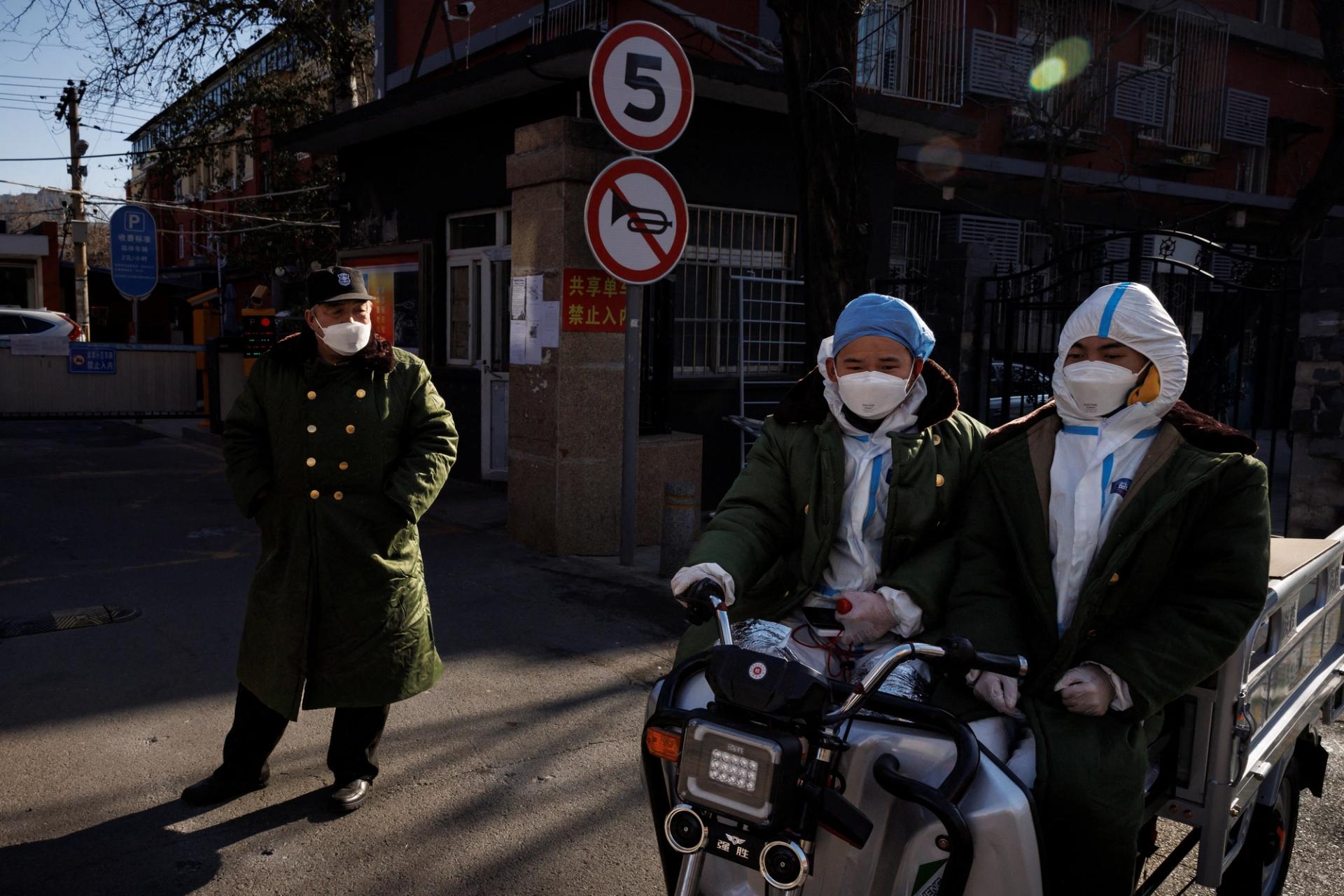The News
China hasn’t officially ended its zero-COVID policy, but nationwide, cities have begun easing COVID-19 measures after widespread protests against the curbs.
Here are some of the changes already made, and others that are expected in the coming days.

What's Changed?
- At least six Chinese cities and provinces, including technology hubs Hangzhou and Shenzhen, said they will drop testing for most public venues, according to Bloomberg.
- Residents in Beijing and Shanghai will no longer need to present a negative COVID-19 test to take public transport. The capital city is still enforcing tests as a requirement to enter shopping malls and restaurants, though.
- People who test positive for COVID-19 in Beijing can quarantine at home.
- Authorities in Guangzhou’s Haizhu district said that residents with no apparent COVID-19 symptoms are not required to get tested. More than 95% of China’s COVID-19 cases are either asymptomatic or mild.
- Urumqi, the capital of China’s western Xinjiang region, was set to reopen venues including malls, markets, and restaurants from Monday, reported Reuters. A fire at an apartment block in the city was the spark for the recent protests, with demonstrators angry that firefighters apparently could not reach the building because of COVID-19 restrictions. At least 10 people are reported to have died in the blaze.
- Karaoke bars, beauty salons, and internet cafes across the country can reopen, but employees must check visitors for a negative COVID-19 test administered within the past 48 hours.
- Lockdowns will only be limited to buildings where there are confirmed infections, and won’t extend to close contacts.
What's Next?
Despite near-record high COVID-19 cases, China may drop further pandemic curbs as soon as Wednesday, according to Reuters, adding a further 10 easing measures to the 20 steps announced in November.
- COVID-19 may be downgraded and treated from a “Type A” infectious disease to one that’s “Type B” or even “Type C,” according to state media. Diseases within the first category include the plague and cholera, and give authorities the power to quarantine patients and close contacts, while also imposing lockdowns, to combat outbreaks.
- The authorities may push a vaccination drive to get China’s elderly population better inoculated. The BBC reports that only 40% of the high-risk group are currently vaccinated.
- Home quarantine may become possible for some of those people testing positive, reports Reuters, a departure from locking down whole communities after a single positive case.
Step Back
The further easing of COVID-19 measures is taking place after nationwide protests beginning on Nov. 25. The demonstrations are considered the largest civil disobedience movement since the 1989 Tiananmen crackdown.
In a rare display of public engagement, state newspaper Zhejiang Daily wrote that although residents should still adhere to COVID-19 policies, people’s lives should be prioritized over health restrictions. The paper expressed sympathy over people’s dissatisfaction with strict measures, adding that local authorities have, at times, abused their power to maintain order.
After a meeting with Xi Jinping last week senior European Union officials said the Chinese leader had blamed the latest protests on people’s frustrations with years of pandemic restrictions but that the pervasive Omicron variant of the virus, weaker than the earlier Delta one, paved the way for fewer restrictions.
The View From the World Health Organization
“It’s really important that governments listen to their people when the people are in pain,” said Michael Ryan, World Health Organization emergencies director, adding that the agency was “pleased” to see China loosening some of its restrictions.
Quoteworthy
In recent days, former editor-in-chief of the Global Times Hu Xijin has written about tackling COVID-19 with unusual optimism. In a post that was widely shared on Twitter last week, Hu said that he was “mentally prepared to be infected with COVID within a month.”
In his latest tweet, Hu encouraged people in China to treat COVID-19 like the flu.
